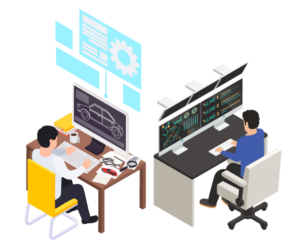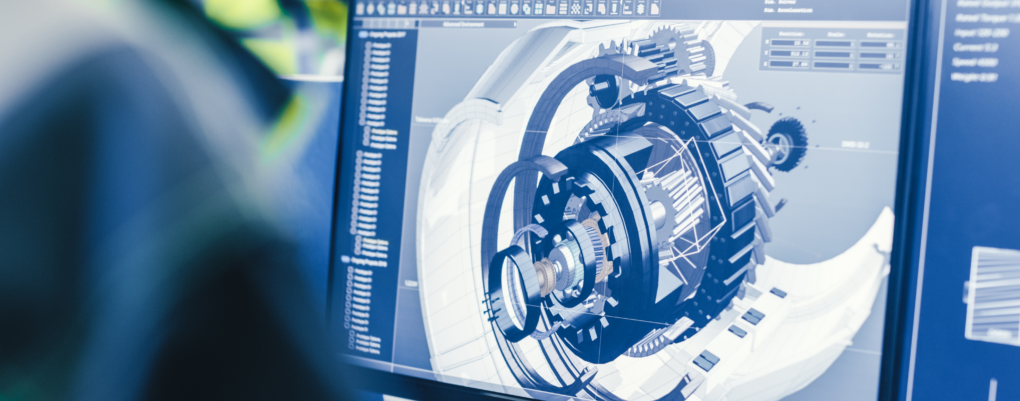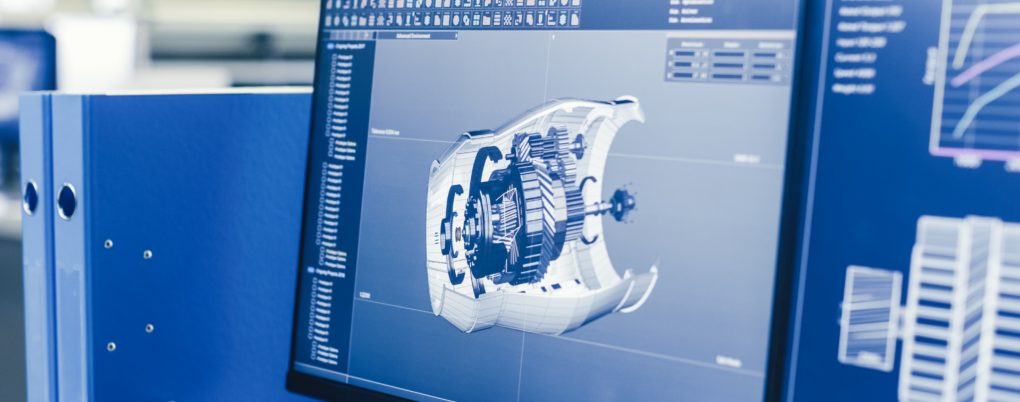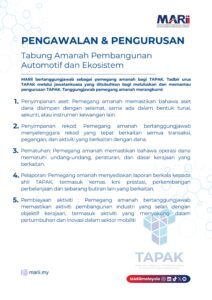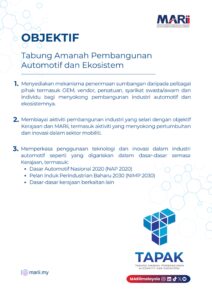Computer-aided engineering (CAE) empowers manufacturers with the capability to use computer software to simulate and validate the performance of their product designs. While it does not do away with the
traditional process of needing to build a physical prototype, advancements in CAE have allowed today’s manufacturers to benefit significantly in terms of reducing the cost and time taken to bring a product to life and into the market.
- ABOUT US
- SOLUTIONS
- Accelerate Your Talent
- Revved Up Your Business
- Show All Business
- Original Equipment Manufacturer (OEM)
- Automotive Vendor
- Digital Engineering & Protoyping (DEP) – Computer-Aided Design (CAD)
- Digital Engineering & Protoyping (DEP) – Computer-Aided Engineering (CAE)
- MARii Industry 4WRD Technology Platform
- Additive Manufacturing
- Automotive Suppliers Excellence Programme
- Enterprise Resource Planning
- Lean Production System
- CEO/Owner Growth Mindset Programme
- Catia V5 Training
- Catia V5 Subscription Programme
- Supplier Competitiveness Level
- Aftermarket
- Technology Centres
- Driving Policy & Research
- E-INTEGRITY
- INCENTIVE

- RESOURCES
- CONTACT US



